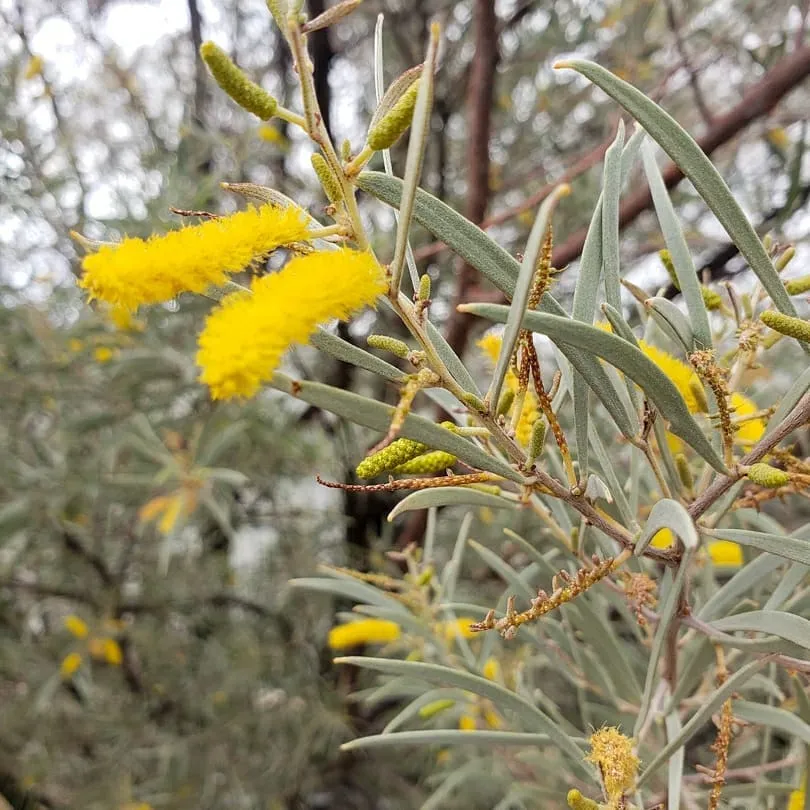
Frequently Asked Questions About Monarda Didyma
Monarda Didyma, also known as bee balm, is a vibrant, aromatic perennial that adds a splash of color to any garden. I have always found it to be a delightful addition, not just for its beauty but also for the way it attracts pollinators. Let me answer some frequently asked questions about this versatile plant.
25 Species in Genus Monarda – Bee Balm
What Is Monarda Didyma?
Monarda Didyma is a flowering plant in the mint family, known for its bright red, pink, or purple blooms that resemble firecrackers. Commonly called bee balm, this plant is native to North America and is a favorite among bees, hummingbirds, and butterflies. It’s also known as Oswego tea or bergamot, due to its fragrant leaves.
How to Plant Monarda Didyma from Seed
Planting Monarda Didyma from seed is a straightforward process. First, you should start the seeds indoors about eight weeks before the last frost. Use a seed-starting mix, lightly covering the seeds with soil. Keep the soil moist and place the container in a sunny spot or under grow lights. Once the danger of frost has passed, you can transplant the seedlings into the garden, spacing them about 18-24 inches apart. They thrive in full sun to partial shade and well-drained soil. I always ensure the soil is enriched with compost before planting to give them a strong start.
How to Care for Monarda Didyma
Monarda Didyma is relatively low-maintenance, which is one of the reasons I love it. To keep it thriving, water the plant regularly, especially during dry periods. It prefers consistently moist soil, but be careful not to overwater. In addition, a layer of mulch can help retain moisture and keep the roots cool. Fertilizing once in early spring with a balanced fertilizer can promote healthy growth and vibrant blooms. Pruning back the plant after it flowers encourages a second bloom and prevents it from becoming too leggy.
How to Deadhead Monarda Didyma
Deadheading Monarda Didyma is essential to extend the blooming period and maintain a tidy appearance. Simply pinch or snip off the spent flowers just above the next set of leaves. I find that deadheading not only encourages more blooms but also helps prevent the plant from self-seeding excessively, which can sometimes lead to overcrowding.
Is Monarda Didyma a Perennial?
Yes, Monarda Didyma is a perennial, meaning it comes back year after year. It typically blooms in mid-summer, providing color and attracting pollinators during the warmest months. In my garden, I look forward to its reliable return each year, as it fills in spaces and adds vibrancy to the landscape.
Is Monarda Didyma Invasive?
While Monarda Didyma can spread aggressively under ideal conditions, it is not considered invasive in most gardens. It spreads through underground rhizomes, and if left unchecked, it can form large clumps. To manage its growth, I recommend dividing the plants every 2-3 years in early spring or fall. This not only controls its spread but also rejuvenates the plants.
How to Get Rid of Monarda Didyma
If you need to remove Monarda Didyma from your garden, dig up the plants, making sure to remove all the roots to prevent regrowth. If it has spread extensively, you might need to dig deeper to get all the rhizomes. Regularly checking for new shoots and removing them promptly can help keep the plant under control.
How to Use Monarda Didyma in a Mixed Garden
Monarda Didyma is a versatile plant that works well in mixed borders and cottage gardens. I like to pair it with other perennials such as coneflowers, black-eyed Susans, and phlox. These combinations create a vibrant tapestry of colors and textures. The tall, spiky flowers of Monarda Didyma provide a lovely contrast against the rounder blooms of other plants.
How to Use Monarda Didyma in a Social Garden
In a social garden, where attracting pollinators is a goal, Monarda Didyma is a must-have. Its bright flowers draw bees, butterflies, and hummingbirds, making it a lively and dynamic addition to any space. I often plant it near seating areas or pathways where its color and the activity of pollinators can be enjoyed up close.
Where to Buy Monarda Didyma
You can find Monarda Didyma at most garden centers, nurseries, or online plant retailers. When purchasing, look for healthy, disease-free plants. Alternatively, you can buy seeds and start your own plants. I usually prefer local nurseries because they often have varieties well-suited to the local climate.
Can You Grow Monarda Didyma Indoors?
While Monarda Didyma is primarily an outdoor plant, it can be grown indoors in large pots provided it receives plenty of sunlight. A sunny south-facing window or supplemental grow lights will be necessary. However, due to its size and growth habit, it is more commonly grown outdoors.
Is Monarda Didyma Toxic?
Monarda Didyma is non-toxic to humans and pets, which makes it a safe choice for gardens that children and animals frequent. The leaves can even be used to make a fragrant herbal tea.
Common Problems with Monarda Didyma
Monarda Didyma can be susceptible to powdery mildew, especially in humid conditions. To prevent this, ensure good air circulation by spacing plants adequately and avoiding overhead watering. Removing affected leaves and applying a fungicide if necessary can help control mildew outbreaks.
Monarda Didyma is a beautiful, aromatic perennial that adds charm and color to any garden. Whether you’re looking to attract pollinators, create a mixed border, or simply enjoy its vibrant blooms, this plant is a versatile and rewarding choice. With the right care and attention, it will flourish and bring joy to your garden for years to come.
If i die, water my plants!



